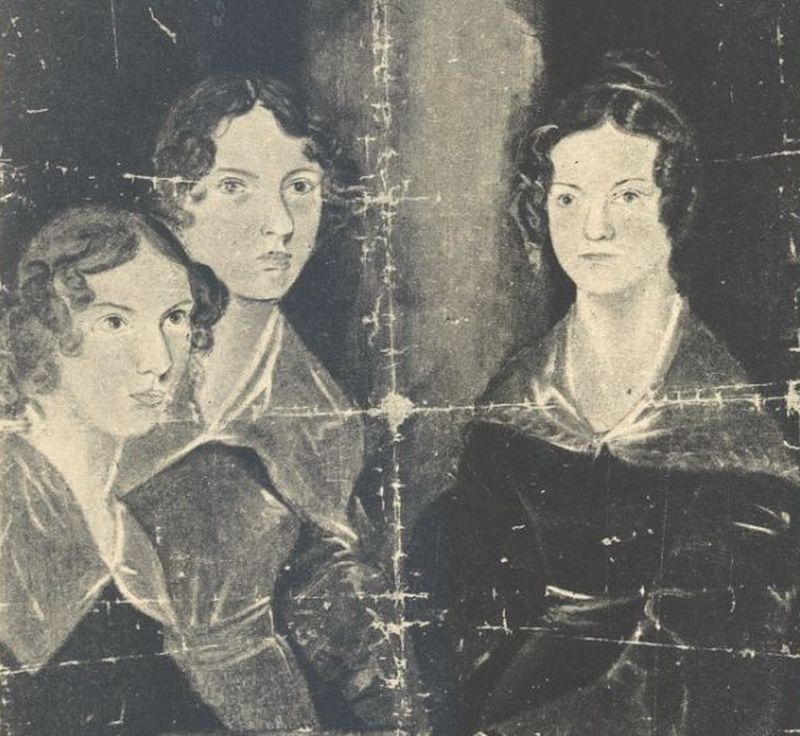Anne Brontë: the recluse of Haworth
Not as well-known as her sisters Emily Brontë, author of Wuthering Heights and Charlotte Brontë, famous for having published Jayne Eyre, Anne Brontë is a discreet female British literary figure who nevertheless inspired some of the first feminist struggles.
Patrick Branwell Brontë, Les Soeurs Brontë (Anne, Emily, Charlotte), oil on canvas, ca.1834
National portrait Gallery (Londres)
Childhood at Haworth
Born on January 17, 1820 in the small isolated village of Haworth in Yorkshire, Anne Brontë was brought up by her father, who was a vicar, and an aunt who came to look after the children after their mother, Maria, died in 1821. Her two elder sisters, Maria and Elizabeth died of TB while they were in boarding school at Cowan Bridge. It is in this climate of austerity that she grew up amongst her brother Branwell and her sisters Charlotte and Emily.

When her brother Branwell received some tin soldiers as a gift, the Brontë children create the kingdom of Glasstown, which Charlotte and Branwell use as a background for writing stories that take place in an imaginary Africa. Meanwhile, Anne and Emily create the imaginary Kingdom of Gondal, situated on an island in the North Pacific. They wrote and compiled these sagas around imaginary characters in miniature books no bigger that a matchbox. It is not until much later, in 1941, that Dr Fanny Ratchford transcribed the entire juvenilia, these collective works written in their youth, which are today considered as the seeds for the novels of the three sisters.

Patrick Branwell, Brontë, Blackwoods magazine, 1829 © Harvard Library

Towards publication
Anne trained very early for the writing profession, reading widely, everything from novels by Walter Scott, to Milton and Byron, true romantic heroes who fascinated the Brontë sisters, and by writing sagas and poems. Under the impulse of Charlotte, the three sisters published their first poems in 1846, as a collective work under the pseudonym of Acton, Ellis and Currer Bell. This first publication met little success, but consolidated the sisters in their wish to become writers. The lyrical poems in the collective work were often associated with the kingdom of Gondal, expressing melancholy and nostalgia.
Life as a governess
Having to earn her own living at the age of 19, like her sisters, Anne was deeply marked by her experience as a governess, which she bitterly described in her first novel Agnes Grey (1847), in which she exposed the lack of moral rectitude amongst the children of certain rich families.

Inspired by Walter Scott and the gothic novels by Ann Radcliffe or Horace Walpole, Anne continued to write alone, creating a more realistic setting than that of her sisters Emily and Charlotte.

At the fore of feminist struggles


W.J. Cleaver, Scarborouh, South Shore, 1886
Further reading :
Picture Library of the Brontë Society
Discover Anne Brontë's manuscripts at the British Library
And read the previous blog posts in the series « English Women Writers »
Translated from french by Claire Carolan.




Ajouter un commentaire